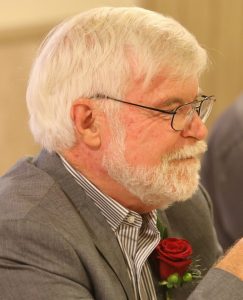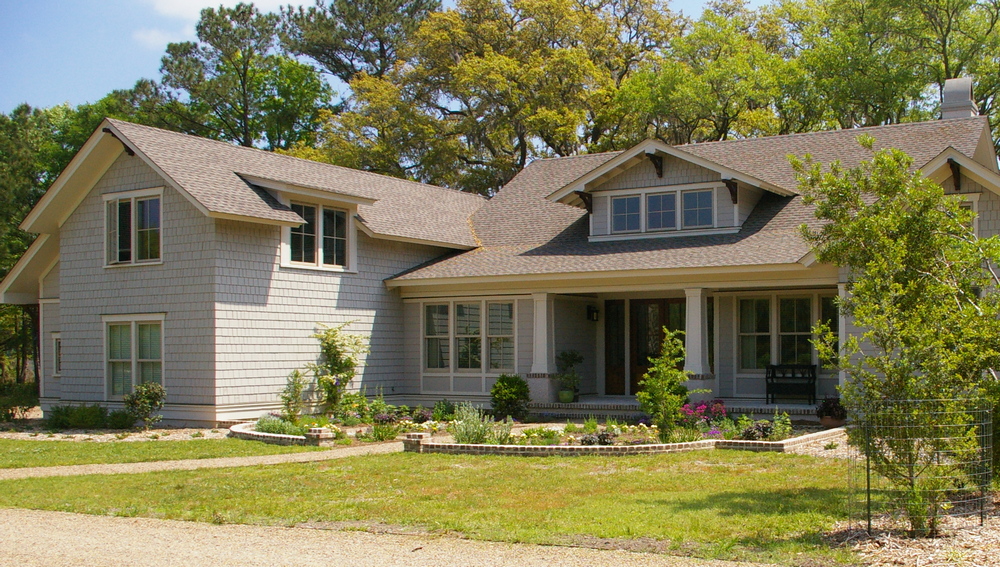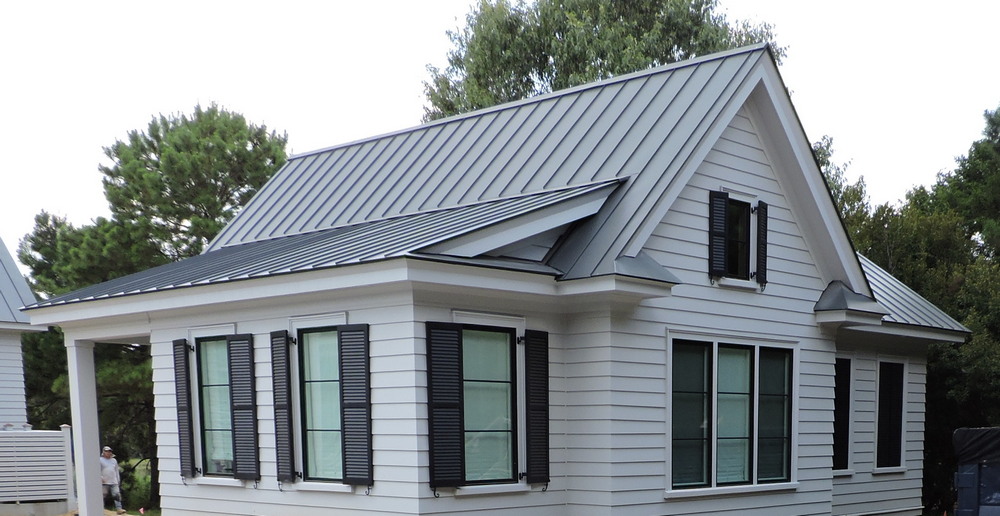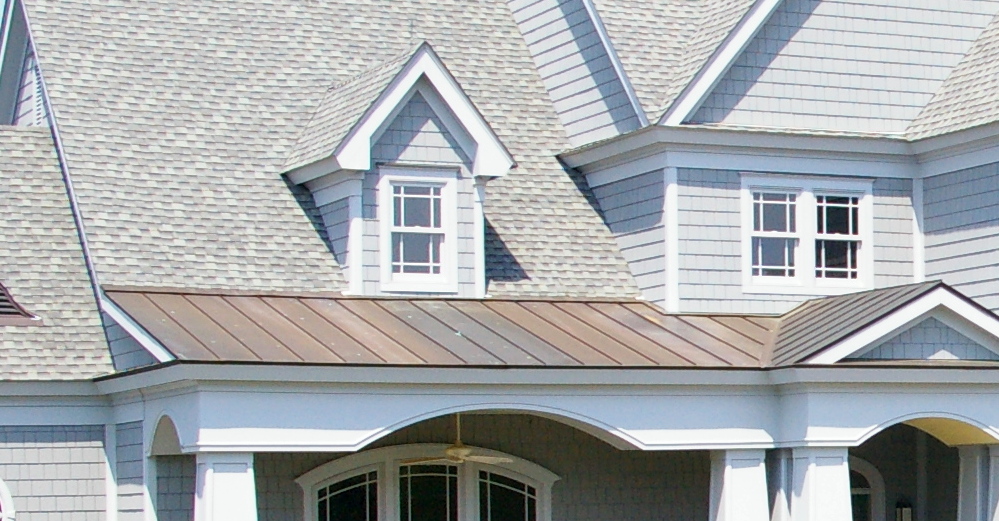15 Jan December 2019
Willis Sinclair Homes
“The Lowcountry’s Premier Custom Home Builder”

The birthday boy (Bill) was 73 in November.
24 Gabriel Road
Lodge, South Carolina 29082
From all of us,
A very politically incorrect
Merry Christmas
and
Happy New Year!

843 846 2500
December 2019
Number 70
 From the desk
From the desk
of Bill …
I have been reading Start with Why by Simon Sinek. In it, he discusses an interesting concept he labels the Golden Circle.
This can be applied to individuals as well as companies.
The “What” is easy to determine for everyone. Everyone and every company knows what they do. We, at Willis Sinclair, build, remodel, repair homes and do whatever we can to help homeowners. While there are many contractors who do some of the things we do, there are few that do everything we do. That is not what really sets us apart, however.

Sinek’s Golden Circle
The “How” we do it is also important. We provide exceptional workmanship and service by carefully monitoring our subs and employees. We treat all people with genuine care and concern. We pay quickly and do not take advantage of anyone. We endeavor to not just meet but always exceed our customer’s expectations. We are constantly looking for more ways to better serve our customers. Our “How” is always changing and improving but it would truly be meaningless without a “why”.
The “Why” is the part many often do not consider in a company (or in themselves). “Making a profit” is not a “Why” although it is desirable. “Making a profit” is a “What”.
The “Why” is basically your (or your company’s) motive for the “What” you do. It is determined or set by the visionary or founder in the company – Willis in our case. This is what really sets us apart from other builders. Willis’ “Why” is twofold. First, he wants to build a business that supports his immediate family as well as the families of as many others as possible. Second, he wants to provide a needed and valuable service to others.
Willis is building a company for his children and (future) grandchildren. As a builder, he knows any company has to have a good foundation (a “Why”) in order to survive and thrive. If the “Why” is not there, then the company will soon lose it’s way and may not survive. Without a good “Why”, why would anyone want to work and stay there in the long run?
Sinek contrasts Samuel Pierpoint Langley and the Wright Brothers. Around 1900, a number of people were trying to develop a flying machine. Langley, secretary of the Smithsonian, had been an assistant in the Harvard College Observatory and a professor of mathematics at the U. S. Naval Academy. He had a lot of funding (over $50,000), some of the brightest minds (including Andrew Carnegie and Alexander Graham Bell), college trained engineers, great PR (the New York Times literally followed him around) helping him. Langley had a goal (“What’), but not a clear sense of “Why”. He craved attention and fame.
The Wrights had only money from their bicycle shop, no high level connections, no one on their team with a college education, but they had a “Why”: They imagined the benefits to everyone if they could build a flying machine. They were concerned about serving others through their work, not about their fame.
When Langley heard the Wrights had beat him, he quit – further proof he had no “Why”.
We have a “Why” and that makes us different from many other builders. Those without a clear “Why” will come and go. We will be here. Call us – let us serve your needs.
Roofing Materials
Roofing is one of the most important components of a home. No matter how strong the foundation or sturdy the framing, if the roof leaks, major problems will follow.
Structure
A good roof begins with strong roof sheathing. Building code typically requires rafter spacing of not more than 24”. We space our rafters 16” on center – 50% more rafters than required. It is true with wider spacing, rafters have to be larger, but it is also true the roof sheathing (covering material over the rafters – typically OSB or plywood) has a tendency to sag between rafters as the spacing increases.
Roof sheathing is required to be at least ½” OSB. We use ⅝ plywood which is 25% thicker than required. We also use plywood, not OSB. Plywood is more expensive, but it hold roofing fasterners better. Sometimes, when a nail is driven into OSB (to attach shingles, for example), the back of the OSB will chip and the nail will not hold well.
Underlayment
Once the roof has sheathing (typically OSB or plywood) on it, it is covered with a water resistant or water proof material. 15 pound felt (tar paper) is the minimum required. It weighs 15 pounds per 100 square feet. An upgrade is 30 pound felt which is obviously twice the thickness of 15 pound felt.
Both weights of tar paper are water resistant, not water proof, so it is important to cover the sheathing with tar paper and then the final roofing material as quickly as possible.
“Ice and Water” shield is a further upgrade. It is really rolled roofing and is waterproof. It can stand up to weather for weeks. “Ice and Water” shield is heavy – maybe three times the thickness of 30 pound felt. It also has an adhesive (alternately known as, “Peel and Stick”). The adhesive means there are far fewer nail holes in the underlayment. “Ice and Water” can be either smooth (for use under metal roofing) or with granules (for under shingles).
We use “Ice and Water” underlayment because it is the best choice and one we would use on our personal homes.
Roofing Materials
Once the underlayment is down, the next step is covering it with the final roofing material. There are several common choices here as well as some not so common choices.
Architectural shingles are probably the most cost effective choice. They typically last 20-25 years here in the southern sun. Shingles are available in a number of colors.

This home we built has architectural shingles on the roof.
Metal roofs are the other common choice of roofing material. Metal roofs are usually steel, aluminum, or copper and sometimes zinc. Copper is probably the best (but most expensive) choice for metal roofs. There are some copper roofs that are well over 100 years old.
Aluminum roofs last a long time and are immune to salt spray that sometimes comes from salt marshes. Aluminum has the disadvantage of expanding and contracting more than steel as the outside temperature and sun load changes. Aluminum roofing is available in many colors including natural.

This guest house we built has standing seam steel roofing.
Steel roofing is probably the most common metal roofing material. There are three common gauges (thicknesses) used: 29 gauge, 26 gauge and 24 gauge. The smaller the number, the thicker the steel. 24 gauge is about 60% thicker than 29 gauge (0.0276” vs 0.0172”). In the hot sun, the thicker steel keeps its shape better than the ripple and rip-prone 29 gauge. We use only 24 or 26 gauge steel when we install steel roofs.
Steel roofing also comes in many shapes. Standing seam is the most popular steel roofing material we use. Fasteners to hold standing seam roofing are mounted below the steel, so leaks around mounting screws are very unlikely. The standing seam panels are typically custom rolled on site, so the widths can be adjusted to your preference (within reason).
Corrugated steel (or aluminum) is also available. This is the roofing that looks like the inner piece of corrugated cardboard. Fasteners on it go through the roofing, so if (when) the gaskets on the screws fail or if the roofing moves (from thermal expansion) enough, leaks may develop.

The roof on this home we built has two different materials: architectural shingles and copper standing seam roofing.
There are other, less popular roofing materials such as tile or slate, but they are much more expensive than steel or shingles. Real slate and tile is very heavy, so in addition to the material cost, roofs must be built stronger to support the added weight.
Simulated (plastic) slate looks good initially (from a distance), but some brands do not hold up well in the sun. A high-quality simulated slate can lost 50 years but that longevity will be reflected in the price.
Questions? Call us. We can help.
Willis Sinclair Homes
The Lowcountry’s Builder with a “Why”!
 Call Us
Call Us
Willis: 843 599 9056
Abbey: 843 599 2302
Bill: 843 846 2500





No Comments